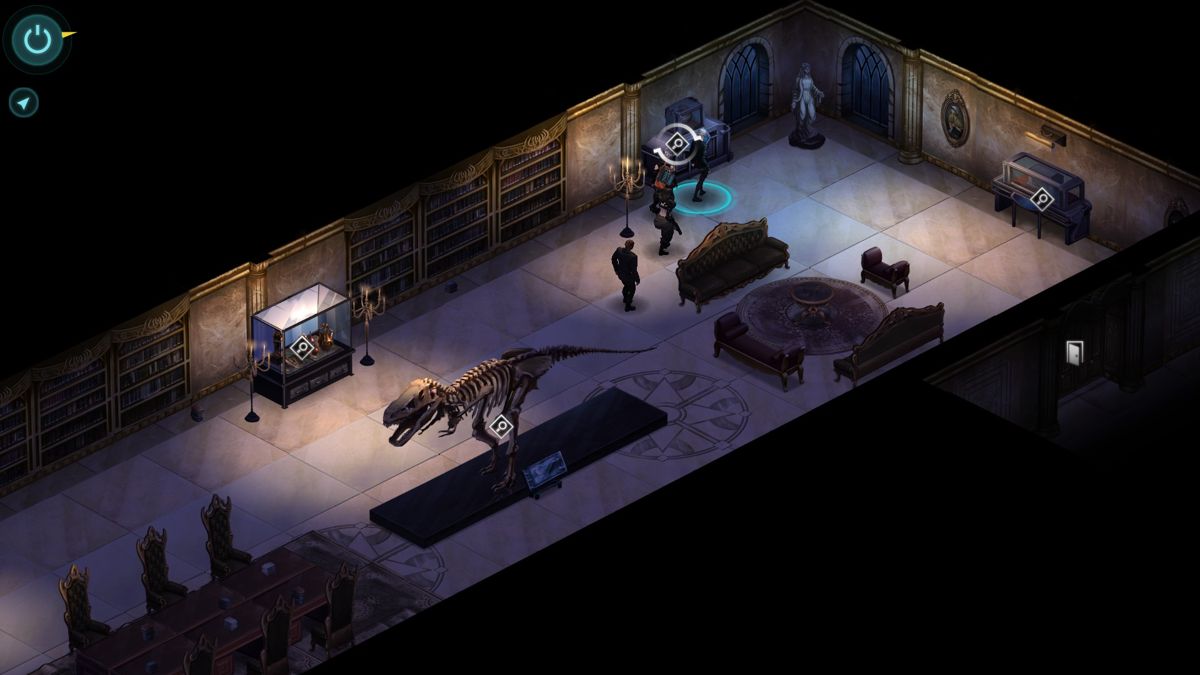When you think of cyberpunk, you probably don’t think of elves, orcs, trolls, dwarfs, and magic. That association is more closely tied with more traditional fantasy RPGs. Yet Shadowrun remains probably the only RPG that mixes the two worlds.
It’s a mix that on paper sounds terrible. Something that shouldn’t work. A mashup that only geeks with too much time on their hands would dream up. Hell, even William Gibson himself denounced the idea as an insult to the genre.
But that’s doing Shadowrun a huge disservice. Because despite the idea sounding terrible on paper, Shadowrun manages to perfectly blend the worlds of magic and science. In Shadowrun, neither of these things makes the other obsolete. Instead, they complement each other like peanut butter and jelly.
 Guns And Dragons
Guns And Dragons
The world of Shadowrun is unique in how it places fantasy elements in a very urban and grounded reality, typical of cyberpunk. In the world of Shadowrun, a global event has allowed magic and magical species to enter our world. Essentially putting them in a world where technology evolved instead of magic but bringing those elements into that world in a literal sense.
In this world, magic and science co-exist side by side. Though not without inherent issues. Your magical power depends on your essence. And the more your body is modified with cyberware, the less essence you have.
So when making a character, you essentially have to make a choice. If you want to become a powerful magic user you have to sacrifice augmentations for it. And vice versa if you want to become a badass cybered up killing machine.
But therein lies the beauty of Shadowrun. Shadowrun is not about one player. It is about a team. As you play the game, you play it with your team, and there is no wrong or right way to make a character. A magic-user can perfectly complement a character with augmentations.
Technology Meets Magic
Taking place in Seattle, the world of Shadowrun is about as literally a mashup of fantasy and cyberpunk tropes as you can imagine. Dragons rule the world and are in charge of megacorporations that practically rule the world economy. Given dragons’ stereotypical role as guardians of treasure, it makes a surprising amount of sense. In Shadowrun, they are pretty much equal to gods and it is very unlikely a runner will ever directly meet a dragon.
In Shadowrun, you can play as five different races. Humans are your average Joe and feature no distinct characteristics. But they are also typically the measuring stick to which other species are compared.
Elves are very similar to their DND counterpart. Extraordinarily beautiful, tall, and slender, they tend to make perfect faces. They have the highest possible charisma and tend to be more socially attuned than other species.
Orks are typically seen as less intelligent than the average human, despite no real proof of this. They are bulky and are typically used for muscle. Due to this stereotype, it’s rare to find any Ork in a position of leadership, but it has occurred.
Trolls fare even worse than Orks in the eyes of the public. Built like flesh trucks, they are typically tall and bulky. Due to their appearance, they are often unfairly treated as less intelligent than any of the species. Because of this, a lot of them end up as outsiders in society, unable to find work due to racism.
Dwarfs are small but sturdy and tend to grow very magnificent beards. They tend to fare better in society due to their resemblance to humans. They also typically have a strong work ethic and are technologically adept, making them perfect riggers or hackers.
A Game Of Six
Another thing sets Shadowrun apart from other tabletop RPGs. Instead of using a D20-based system, it goes for a D6-based system. For every test you do in the game, you roll an amount of dice equal to the dice pool for the test you’re doing. Whether you are seducing a prostitute for info, firing your gun, or slashing a rival Shadowrunner with a monofilament sword, you roll D6s.
When you’ve rolled your dice, you count the number of hits and misses. Hits are 5s and 6s, while misses are 1s. If half or more of your dice pool show 1s, you’ve rolled a glitch. If you’ve rolled a glitch without any hits, you’ve rolled a critical glitch, equal to rolling a fumble in DND.
You can increase the size of your dice pool using Edge. Edge is basically a gift from the gods, something you use when you want a higher chance for something to succeed. You then add a number of dice equal to your Edge pool, and you can do this as many times as you have Edge points.
If you want an absolute guarantee something has to work, you can buy a guaranteed success by burning Edge. Burning a point of Edge however means you will permanently lose one point of Edge, but also have ensured success. So it’s something you wanna use sparingly.
When using Edge, the rule of sixes applies. This means if any of your Edge die show six, you reroll those dice and reroll those sixes again, adding more and more hits to your net hits.
Early Video Game Adaptions
There have been several video game adaptions of Shadowrun. Like any popular tabletop RPG, there are bound to be attempts at capturing the tabletop magic in video game form.
The first video game adaption came in 1993 when the game that was simply titled Shadowrun launched on Super Nintendo. This action RPG follows the character Jake Armitage (a not-so-subtle nod to Neuromancer), who wakes up when he is supposed to be dead. With no memories of who he is, Jake is contacted by a shamanistic Dog totem who gives him a cryptic message about his mission.
In 1994 another adaption, also simply titled Shadowrun, was released on the Sega Genesis. This game follows an entirely different story. The game centers around Joshua who lost his brother Michael in an operation gone wrong. Joshua can be any type of character the player wants, and the player needs to put together a team during the game. Cyber combat also plays a huge role in this adaption.
 Later Video Game Adaptions
Later Video Game Adaptions
The rest of the 90s went by without any further adaptions of the tabletop game. Until 2007, when a first-person shooter adaption arrived on Windows PCs and XBox 360. The game didn’t really fare that well due to being exclusively multiplayer. A cool feature however was that it had cross-platform multiplayer, connecting console players and PC players. Getting a game running nowadays seems rather fruitless, however.
Shadowrun had a huge resurgence in 2013, however, when it was adapted into the game Shadowrun Returns. This top-down isometric action RPG got pretty good reviews when it launched. It also set the standard for all future adaptions of the RPG.
It was followed by Shadowrun: Dragonfall in 2014 and Shadowrun: Hong Kong in 2015 respectively. Both of these titles built on the original game engine from Shadowrun: Returns but added additional stories to play through. Additional gameplay features were also added, and sometimes the gameplay was tweaked a bit. All of these are worth playing through if you want an introduction to the universe of Shadowrun.
Shadowrun Chronicles was an online co-op game that launched in 2015. This game was pretty good at capturing what it was like to have a Shadowrun team and doing missions together. The tactical RPG focused on putting teams against increasingly powerful enemies in missions while upgrading cyberware and magical abilities between missions. While it may be hard to find people to play with nowadays, it’s still worth checking out if you have some mates who are into it.

The Future Of Shadowrun
With the rising popularity of the cyberpunk genre, in large part thanks to the release of Cyberpunk 2077, it seems that Shadowrun is going nowhere. The tabletop game just entered its sixth edition, and the game continues to be played all over the world. The internet also surprisingly opened up the game to a lot more people, with tabletop channels being popular on chat services like Discord and Telegram. And there are plenty of online Shadowrun forums still running.
So whether you wanna check out the tabletop game or any of its video game adaptions, you can’t go wrong with Shadowrun. It’s one of the times where someone mixed two very different genres and created something very unique and fun.































































